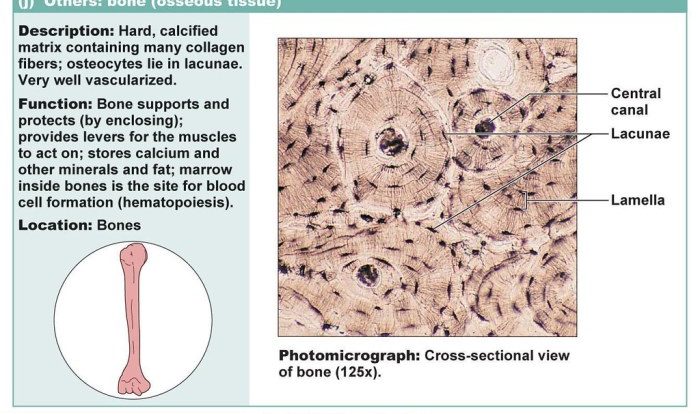Classification of tissues review sheet – Embark on a comprehensive journey through the fascinating realm of tissue classification with this meticulously crafted review sheet. Delve into the diverse types of tissues that constitute the building blocks of life, unraveling their intricate structures and functions. From the protective barriers of epithelial tissues to the dynamic contractile properties of muscle tissues, this guide unveils the secrets of tissue biology, empowering you with a profound understanding of human physiology.
As we delve deeper into the intricacies of tissue classification, we will explore the unique characteristics of each tissue type, examining their specialized cells and extracellular components. We will uncover the intricate interplay between tissues, their roles in maintaining homeostasis, and their remarkable ability to adapt to changing environmental conditions.
Prepare to be captivated by the wonders of tissue biology as we embark on this enlightening exploration.
Classification of Tissues
Tissues are groups of cells with similar structure and function. There are four primary types of tissues: epithelial, connective, muscle, and nervous.
- Epithelial tissuelines the surfaces of the body and its internal organs, protecting them from the environment and facilitating the exchange of substances.
- Connective tissuesupports and connects other tissues, providing structural integrity and cushioning.
- Muscle tissueenables movement, providing the force necessary for contraction.
- Nervous tissuetransmits electrical signals, facilitating communication between different parts of the body.
Epithelial Tissue

Epithelial tissue consists of tightly packed cells that cover the surfaces of the body and line internal cavities. It provides protection, facilitates exchange of substances, and secretes substances. Types of Epithelial Cells:
- Squamous cellsare thin and flat, allowing for diffusion and filtration.
- Cuboidal cellsare cube-shaped, involved in secretion and absorption.
- Columnar cellsare tall and narrow, involved in secretion and absorption.
Types of Epithelia:
| Type | Layers | Cell Shape | Location | Function |
|---|---|---|---|---|
| Simple | Single layer | Various | Linings of organs and body cavities | Protection, exchange of substances |
| Stratified | Multiple layers | Various | Areas subject to wear and tear | Protection |
| Pseudostratified | Single layer | Columnar | Areas where secretion and absorption occur | Secretion, absorption |
Connective Tissue: Classification Of Tissues Review Sheet
Connective tissue supports and connects other tissues, providing structural integrity and cushioning. It consists of cells embedded in an extracellular matrix. Types of Connective Tissue Fibers:
- Collagen fibersprovide strength and flexibility.
- Elastin fibersprovide elasticity and recoil.
- Reticular fibersform a delicate network that supports cells.
Types of Connective Tissues:
- Loose connective tissueis found in the subcutaneous layer and around organs, providing support and cushioning.
- Dense connective tissueis found in tendons and ligaments, providing strength and stability.
- Cartilageprovides support and flexibility in joints and other structures.
- Boneprovides structural support and protection.
- Bloodtransports nutrients, oxygen, and waste products.
Quick FAQs
What are the four primary types of tissues?
Epithelial, connective, muscle, and nervous tissues
What is the function of epithelial tissue?
To protect, secrete, and absorb
What are the different types of muscle fibers?
Skeletal, smooth, and cardiac
